We believe technology will one day advance to a point where actual, honest to goodness laser guns become practical. Imagine that – firing a beam of concentrated light to bore a hole through something sitting hundreds of yards away. It may even make a “pew pew” noise.
But the age of lasers is already upon us, sort of! We are speaking of course about laser sights, which over the past few years have evolved from pointless gimmick to invaluable shooting accessory.
They’re still not cheap, but laser sights’ usefulness in poorly lit environments is indisputable. A laser can be life-saving in conditions where your iron sights aren’t readily visible.
Laser commandos have noticed an interesting trend recently: Green laser sights are becoming increasingly popular. They haven’t come close to obsoleting red laser sights altogether, though, which begs the question – in a contest of green vs. red, which type of laser sight is better?
Green vs Red Laser Sights
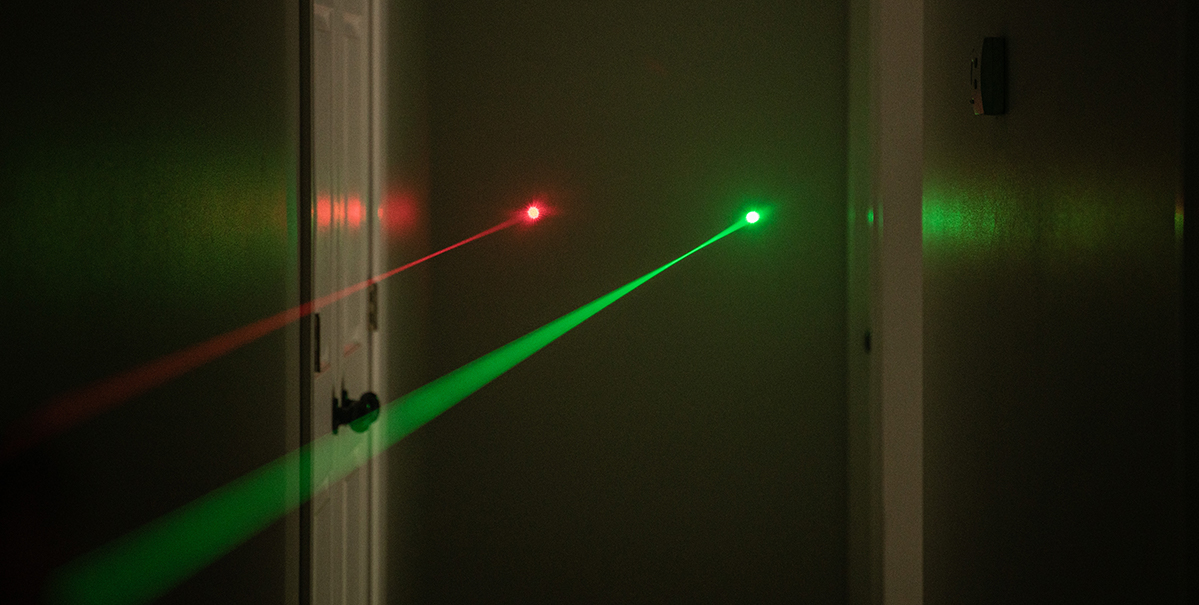
| Green Laser Sight | Red Laser Sight | |
|---|---|---|
| Low Light Target Acquisition | Faster | 1/2 Second Slower |
| Daylight Target Acquisition | Faster | 2/3 Second Slower |
| Variety Available | Small/Moderate Selection | Lots of Options |
| Battery Life | Shorter Life | Lasts Longer Than Green |
| Cost | ~2x More | Half of Green |
Green Laser Sights – Greater Visibility for a Price
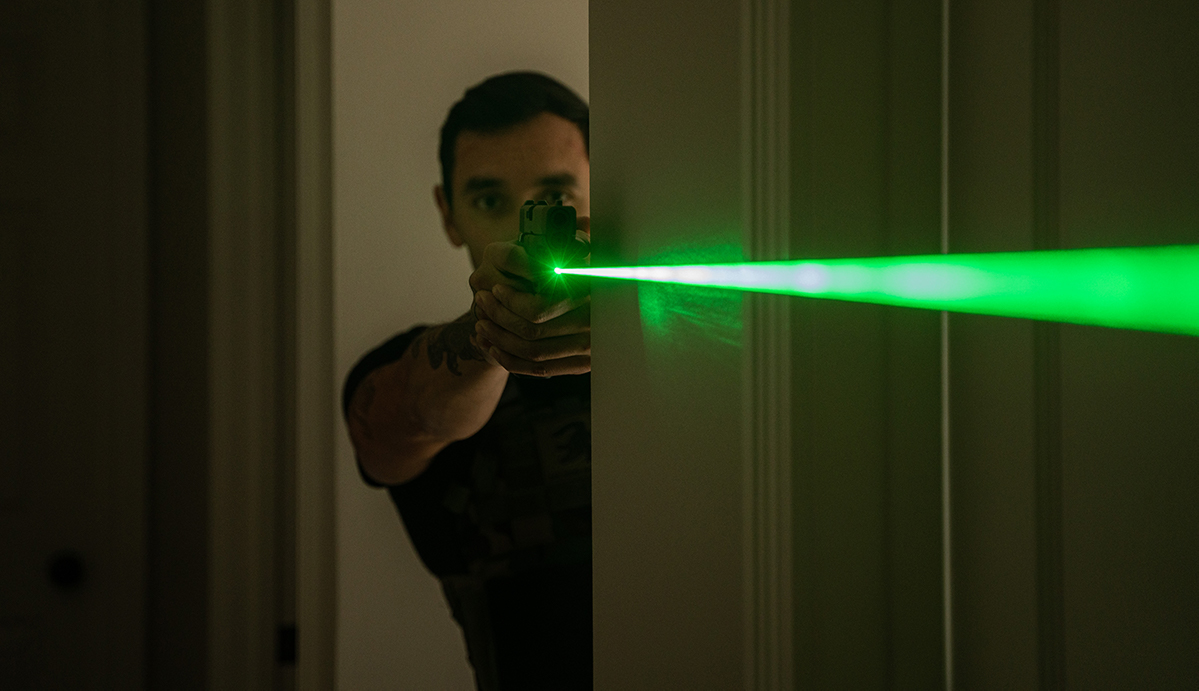
Human beings are predators. Our eyes are designed to scan vegetation in search of prey, which is why we can detect the color green and its subtle differences best.
Green lasers tap into this innate aspect of human eyesight. Because we can spot green light so much more easily than red, and because green lasers just so happen to be brighter as well, they make target acquisition that much easier in poor lighting. Green lasers are also easier to see in bright lighting and sunlight (although they can occasionally prove difficult to perceive against green surfaces).
Price and convenience are the tradeoff. As of 2021 green lasers cost approximately twice as much as red lasers. You should also know, their increased brightness comes at the expense of reduced battery life. You may reason that any advantage is worth the money when it comes to self-defense, or you may opt for a more affordable red laser sight instead.
Red Laser Sights – Cheaper Low-Light Target Acquisition
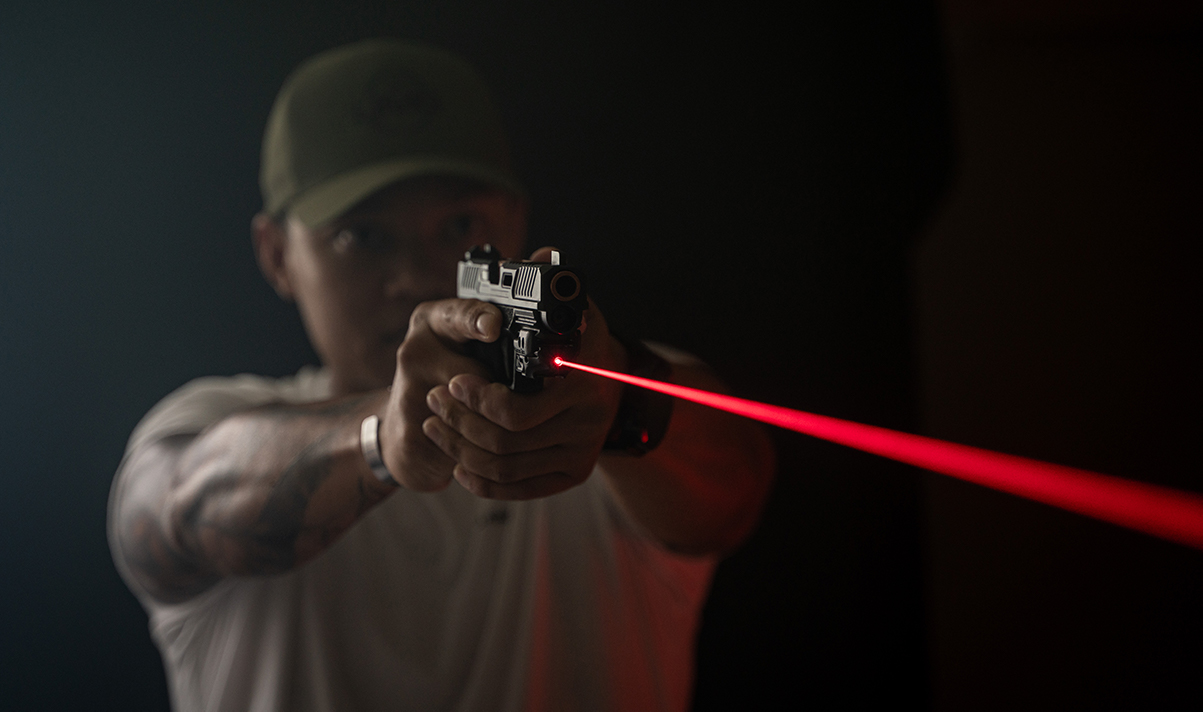
Red laser sights are not so inferior to green ones that they’re useless by comparison. However, in very dark environments it takes about a quarter of a second longer to aim with a red laser than a green one. That amount of time increases to roughly two thirds of a second in direct daylight. That may not sound like much until you appreciate just how quickly a self-defense scenario can play out.
Many shooters even find it easier to acquire their target in direct sunlight with iron sights over a red laser. This isn’t a great handicap, of course, because you’re not obligated to use your red laser whenever the lighting isn’t optimal for it.
But then you’ve got to factor in cost. A red laser sight doesn’t require a special 808 diode or second crystal like the green one, which is why you’re going to wind up paying a lot less for it. There is also a greater variety of red laser sights on the market, and it’s possible that only red lasers are available for your particular model of handgun. As an example, look at Crimson Trace. They’re the biggest laser sight manufacturer out there. They offer about 130 options of red lasers but have just 44 green options available as we published this article.
The Takeaway: Green vs Red Laser Sights
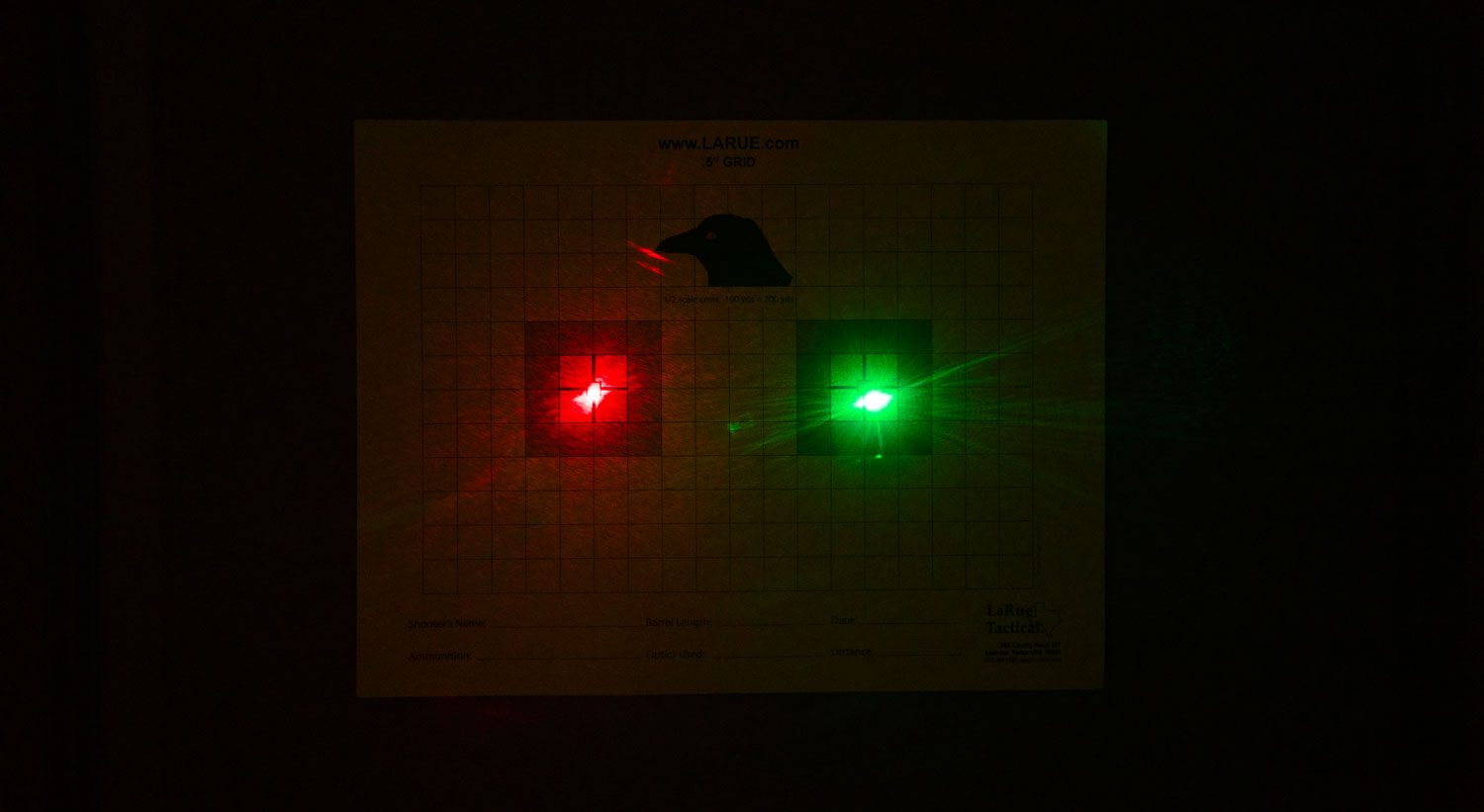
A green laser sight is superior to a red one in every aspect of its performance. The only reason you should prefer red is if you haven’t got the money ready for green. But even if you can only afford a red laser sight, it’s well worth it for the advantage it provides in poor lighting.

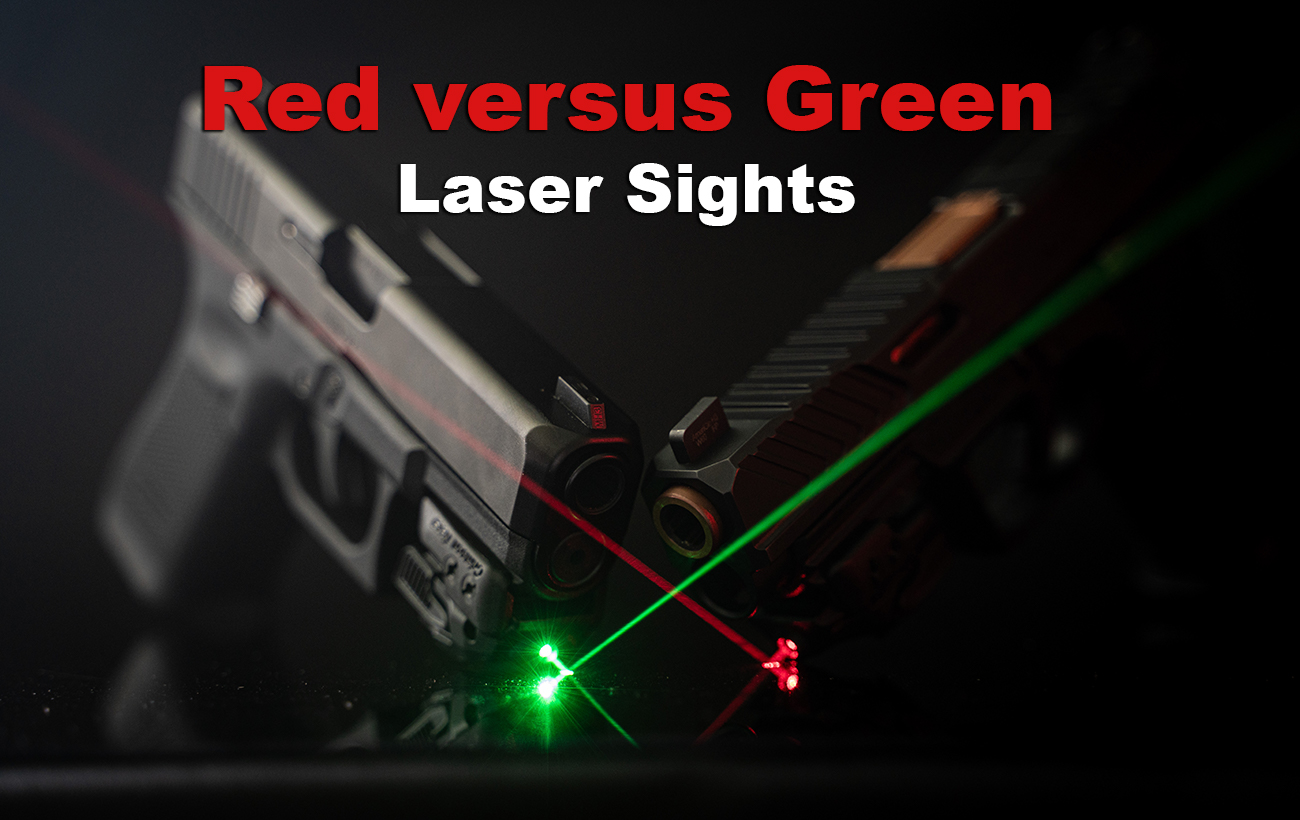
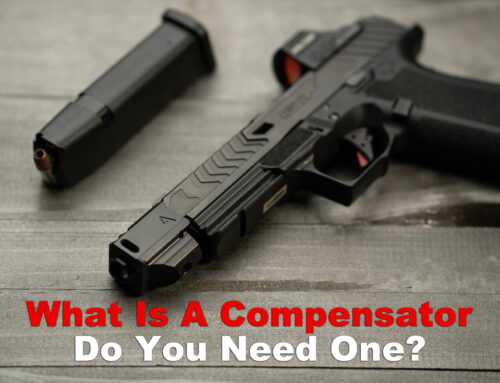

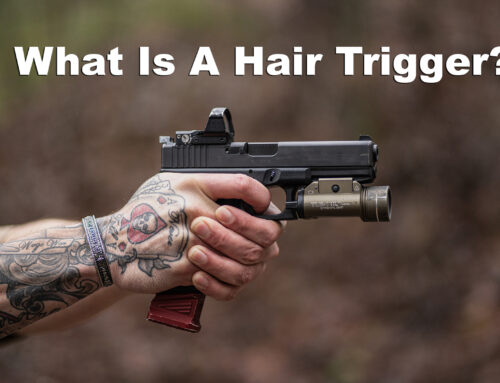

Regarding “hair triggers”, it may have been enlightening to have mentioned the “set trigger” used often in European hunting rifles (to relieve the danger of “hair triggers”) and also perhaps a comment could have been made regarding heavy “double action” trigger pull weight vs the light “single action” trigger pull weight on the same double action revolver handgun.